Did you know that gardening provides several essential health benefits besides being an enjoyable and peaceful activity that brings you closer to nature? Gardening is a physical and mental activity that individuals of all ages enjoy. In addition, you get to indulge in the delectable fruits, vegetables, and aromatic herbs you grow.
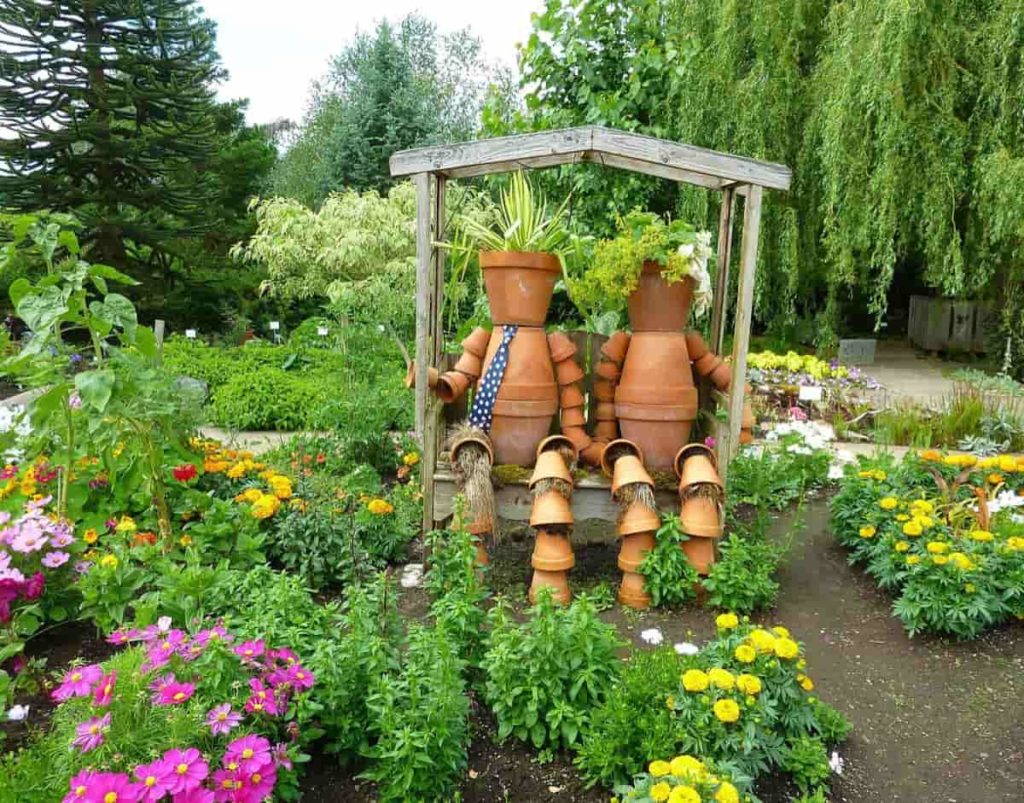
Therefore, get your equipment ready, and start digging! Below is Denver backyard gardening, easiest vegetables to grow in Denver, Denver, Colorado gardening calender, Denver vegetable garden guide, about the climate and USDA hardiness zones of Denver, and a step-by-step guide to growing a backyard garden in Denver.
About the climate and USDA hardiness zones of Denver, Colorado
The city of Denver has a climate that is classified as semi-arid, with extremely low humidity and an average of 3,100 hours of sunlight each year. Because of their closeness to the city and the surrounding region. Due to its closeness to mountains and plains, the weather is unpredictable but usually pleasant. The most recent measurable snowfall in Denver occurred on September 8, 2020, when an inch fell, making this the second-earliest measurable snowfall in the city’s history.
The annual average precipitation in Denver is 14.30 inches, and the temperature is 50.4 degrees Fahrenheit (10.2 degrees Celsius) on average (363 mm). One of the sunniest large cities, Denver has an annual average of 270 days that are clear or partly overcast, which translates to 3,200 hours of sunlight. Even though Denver gets more precipitation than most other places with a semi-arid climate, the city has a semi-arid climate because of the significant amount of evapotranspiration.
The USDA designates Denver as being in the 5b-6a hardiness zone. Based on average annual winter temperatures, the United States Dept. of Agriculture classifies the nation into four distinct geographic and climate zones. At that time, the USDA plant hardiness map was updated to reflect the new climates that had formed over the preceding few decades due to global warming.
These new climates were reflected by the modification of the plant hardiness zones. Your capacity to create a green garden in Denver, Colorado, that will grow yearly increases when you understand the planting zone where you live. There are four distinct planting zones in Colorado.
Denver backyard gardening: A step-by-step guide to growing a backyard garden in Denver
Firstly, choose an ideal spot in your backyard
The location of your garden is essential to its health if you’re establishing one. Considering the inherent advantages of a plant’s location is crucial since it can’t migrate. Sunshine exposure is one of the most critical aspects for crops and flowers. Most plants need “full sun,” described as “at least six hours of unrestricted sunshine every day,” to develop and perform at their best in the backyard.
In case you missed it: Seattle Backyard Gardening: How to Start, A Step-By-Step Guide to Planting and Growing in Washington
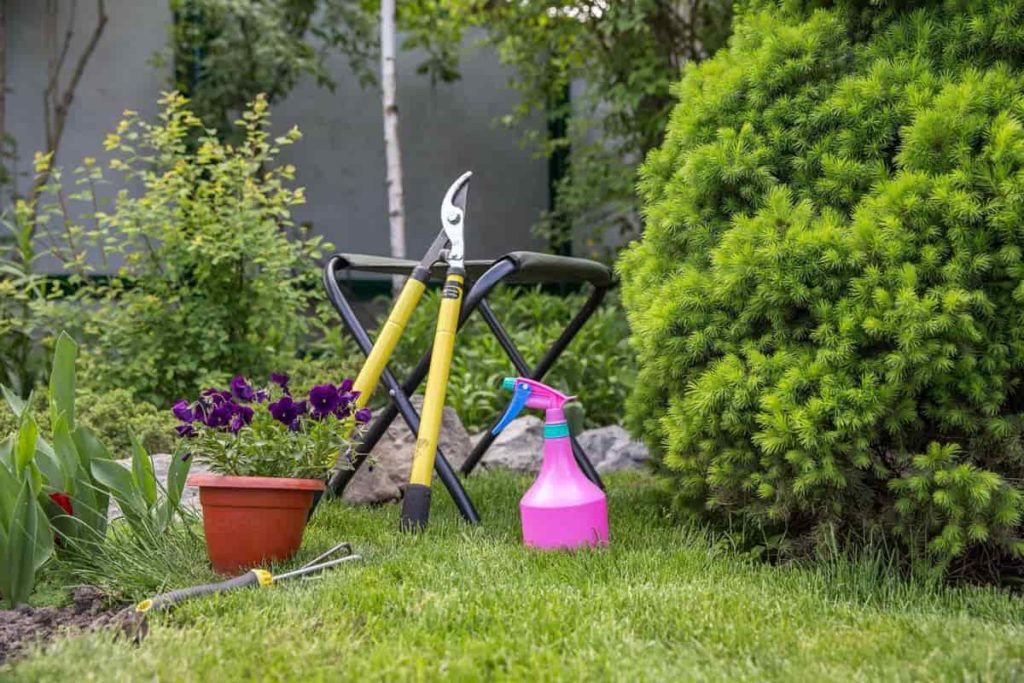
More light (8 hours) is preferable in the majority of instances. As a general rule, the more sunshine your garden gets, the more crops you’ll be able to harvest. If you’re going to grow plants, be sure there’s water nearby. Even novice gardeners become worn out by carrying water for thirsty plants in the middle of the heat wave. In addition, if you’re feeling lazy one day, you’re less likely to avoid watering since water is conveniently located nearby.
Adding additional garden beds near an outside water supply is a good idea if you live in an area with frequent dry periods. The soil tends to be too dry for optimum plant development near walls, fences, and beneath overhanging trees, which is why open space is preferred. Make sure your area isn’t prone to strong winds before you set up shop. Generally, most crops benefit from wind protection, particularly upright ones that yield large quantities.
Loamy soil is suitable for growing a backyard garden. If your soil is poor or too thin, you’re either out of luck or need to put in some effort to get it ready for planting. If you have a lawn, you can quickly assess your soil’s condition by looking at it. The lushness of the plant life can judge soil quality. “Loamy” soil is a mixture of silt and sand with a little proportion of clay. Sand and silt should account for 40% of the mix, with clay making up the remaining 20%. This is ideal for most plants.
Organic matter must be added if your soil comprises a high percentage of clay or sand. Clay soil can smother plants if it stays wet for too long, while sandy soil can soon dry up, dehydrating them. Plant roots cannot absorb nutrients when one of these circumstances exists. Drainage is excellent on well-drained soil. Dig a 1-foot-deep, wide, and long hole to evaluate your garden soil’s drainage.
This hole will disclose whether or not there is water under the surface. You’ll also be able to see how the soil drains, which is a bonus. To conduct a test, pour 12 gallons of water into a wet hole and observe how long it takes to drain. In the summer, when you rinse, water can pool beneath the surface, smothering roots and causing anaerobic soil conditions if it takes many hours or days.
It’s best to plant your plants in a spot that is either flat or gently sloping. Avoid low locations that remain moist in the spring while selecting a placement. The air can produce a frost pocket at the bottom of a mound. Take a look at your property’s topography or landscape. Temperatures are lower at the bottom of the hills because cold air falls and warm air rises. Frost pockets, which trap cold air, may increase frost periods in depressions.
It is colder and dimmer on north-facing hills but brighter and drier on south-facing slopes. Valley soil is deeper and richer than hillside soil because it is eroded from the top-down by the wind and rain. This causes hillsides to dry, whereas the lower slopes may be moist. Windier and drier conditions can be found in the winter at higher elevations.
Start preparing your soil
Good soil is the most critical component in gardening, whether a beginner or a pro. You can expect greater results from your garden if you maintain good soil. Once you’ve determined the health of your soil, the next step is to determine the texture and kind of soil. Manure is better than compost for soil accumulation. Organic manure should be added to the mix to increase the soil’s quality progressively.
Use organic manure to improve the soil’s humus content and water-holding ability. The most significant macronutrients (NPK) are also delivered to plants. India’s most widely accessible organic fertilizer is cow dung manure. Instead of fresh animal dung, use well-rotted manure. Dark, wet, consistent organic manure has a rich texture and, most importantly, no disagreeable odour. Manure can be converted into nitrogen-rich manure by adding leaves of leguminous ‘green manures’ such as clover.
You may want to experiment with composting your garden soil. As a way of recycling almost all organic wastes, composting can be considered a general term. Composting reduces organic materials, stabilizes soluble nutrients, and creates soil humus. Generally, one-quarter inch of slow-release nutrients should be applied each season to promote water retention and reduce disease. Composting using worms is a well-known technique. Using earthworms, manure, food waste, and green crop residues can be converted into forms that plants can utilize.
You should produce cover crops to nourish our soil, develop its fertility, and enhance its structure over time. Cover crops that have just been uprooted give nutrients already accessible to soil microorganisms and food crop plants. Cover crops also allow water and oxygen to permeate the soil via the holes created by their rotting roots. Cover crops, such as clovers, alfalfa, beans, and peas, are beneficial because they convert atmospheric nitrogen into forms that crop plants can use.
Cover the soil with organic mulch. As a result of the mulch, the soil retains moisture and is better protected from temperature extremes. Mulch can be “nibbled” by beneficial living creatures such as microbes, earthworms, and others, and their wastes will be progressively incorporated into the soil’s top layer. High-carbon mulches outlast elements that decompose quickly in the soil food web, making them more suited for weed suppression. During the growth season, reapply mulch.
Start planting your backyard garden
The soil line should be at the root flare or crown if you dig a hole that is broad enough for roots to expand and deep enough for them to do so. Plants are stressed, and their long-term health is jeopardized when planted too high or too deep. Break up any soil clods to avoid the formation of huge air pockets, which impede the development of roots. Afterward, fill up the rest of the hole with soil and water it gently to let it settle around the roots.
Don’t use your foot to push down the soil since this might damage some of the roots. Upon completing the hole’s backfilling, create a soil berm or levee with a height of several inches by constructing a broad bowl. This will help to trap water over the roots until the plant can absorb it. Repeat the watering process to ensure the roots’ soil is thoroughly compacted. For bare-root plants, the shock of being physically pulled from the soil they were growing in is greater, and they need more regular watering in the beginning.
To remove the plant, use care and precision. Place a hand on top of the soil in the container and wrap it around the plant’s base. Tilt the container to remove the plant and soil. To dislodge the soil from the pot’s edges, you’ll probably need to tap it. This can be dangerous if the plant is in a big container since it can tear out the root system.
The root ball’s outer border should be loosened. A plant’s roots will begin to grow around the pot if it has been there for a lengthy period. Those roots are now ready to spread into the rest of the ground. So, using your fingers, a pencil, or a toothpick, carefully pry off the tips of the roots.
The roots should be buried. You should avoid burying the plant itself, so if the hole is too deep, you can build a foundation for it by placing a few handfuls of soil in the bottom of the hole. Once the hole has been filled, gently add loose soil around the roots and press the soil down to remove any gaps. Soil that isn’t packed too firmly yet is strong enough to retain the roots in place is ideal.
Be careful when you are watering your garden
Plants need water in the morning, so be sure to do so. Soak the roots of your outside plants as soon as possible in the morning while the soil is cool and the water is less likely to evaporate. Plants can resist the heat of a hot summer day if they have an adequate supply of water stored under the soil. Watering too much and too often during the hottest months might cause plants to suffer.
Deep root growth is discouraged by shallow surface watering. Instead, go for a less regular yet more thorough watering regimen. Even though the soil seems dry on the surface, this technique stimulates the roots to seek any remaining water deep inside the soil. The normal recommendation is to water your plants once a week, which equates to around an inch of water.
Do not water your plants at the surface. Simply watering your plants from the bottom up will adequately hydrate their roots. For your backyard If you have a backyard garden, you may want to consider using a soaker hose to gently and thoroughly saturate the soil and promote healthy development. Garden plants can suffer from dry soil. But they dislike “wet feet,” which means that their roots will suffer if they are submerged in water for an extended period without receiving enough oxygen.
Because it might be difficult to tell whether soil under the surface is dry on a hot, windy day, it’s important to make a fast check to ensure that you don’t overwater. If you aren’t familiar with gardening, using a wooden dowel to verify the soil depth is easy. Wet soil will adhere to the dowel; dry soil will come out clean. In hot, dry weather, most garden plants, flowers, and shrubs require at least an inch of water every week.
Remember that rain isn’t a reliable source of water for plants, so don’t put all your faith in it. Install a rain gauge to track weekly rainfall. Water the garden if it receives less than an inch of rain. People who aren’t familiar with houseplants tend to overwater them, believing that’s exactly what they need. However, doing so raises the likelihood that the roots may decay and get infected with fungi.
Because damp soil is ideal for fungal gnats, sagging stems, wilted leaves, and a white coating (fungus) are all signs of overwatering your plants. A houseplant that isn’t receiving enough water will have brown and crispy edges on its leaves; while it dries out, the bottom leaves and other parts of the plant become crispy and dry.
Fertilize your backyard garden
Using fertilizer restores the nutrients in the soil that have been depleted due to runoff, excessive planting, changes in pH balance, and other variables such as the removal of leaves. N, phosphorus, and potassium are the main components of fertilizer, and their ratios can be adjusted to meet specific needs. The mix or source can contain microorganisms and micronutrients, including magnesium, sulfur, and calcium. Also, you’ll discover fillers that assist keep the formula stable, break down more slowly in water and even battle bugs in the formula.
Different plant processes are supported by the three primary nutrient players, denoted as NPK on your garden bag. As a growth promoter, nitrogen assists in developing leaves and stems. Root development is favored by phosphorus, which is why it’s often seen in fertilizer for newly planted plants and lawns. As a result of potassium’s role in photosynthesis, it promotes the growth of fruits and flowers and a plant’s resistance to disease.
Consider how fast you feed your plants before you begin. After seeding a new lawn, it’s best to use quick-release fertilizers to help establish the grass seed’s new roots. Slow-release fertilizer is the best option in most circumstances to prevent scorching your plants and contaminating the water supply. Fertilizers can be found in both fast- and slow-release formulations. Therefore, it’s possible to link the two. Granular fertilizer, on the other hand, degrades slowly over time, while liquid fertilizer works quickly.
Your plants will be safe if you use organic fertilizer from animal, plant, or mineral-based sources. Granular fertilizer is common and provides a slow-release means of seasonally adjusting soil. When watered, synthetic fertilizers from chemicals decompose significantly more rapidly than natural fertilizers. In addition, because of their increased nutritional contents, they need fewer servings each meal.
Fertilizer packets have a mystery three-digit code on them. The NPK ratio determines the bag’s nitrogen, phosphorus, and potassium quantity. 5-5-5, 10-10-10, or 3-0-5 are common examples of these numbers. Why is there so much difference? For example, leafy greens in a vegetable garden need much more nitrogen than other plants. Nitrogen and potassium are preferable to phosphorus since their roots have already been developed. These all-purpose NPK ratios are safe for your lawn and garden without overdosing on the NPK content.
Before planting your shrubs, vegetables, trees, and flowers, apply a fertilizer appropriate for the plant. Before planting seeds or seedlings in deficient soil, use a slow-release soil remedy. Depending on the time of year, various species will need varying amounts of fertilizer. Early- and mid-season soil amendments are ideal for tomatoes, but most trees and hardy shrubs don’t need any beyond their first post-winter growth surge. It’s best to consult your seed packs for particular fertilizing recommendations.
When to start planting in Denver, Colorado?
Compared to other places, the growing season in Denver might be somewhat different and even shorter. There is so much variation in the state that it has nine zones. Each can perform better than others when growing vegetables at high altitudes. 3.5 degrees of temperature reduction is possible every 1000 feet of elevation gain. Valleys, on the other hand, can see temperatures dip even farther at night.
You should know which of the nine “Plant Hardiness Zone Maps” you are in before you start planning and planting. Your Denver vegetable gardening guide can utilize this information. It is possible to find seeds or plants labeled as cold-tolerant or zone-appropriate while shopping for them. When you’ve discovered the best times to plant and the length of the growing season. This information will help you choose the finest veggies to grow in Denver if you want to succeed.
You should now compile a list of the plants you wish to grow during that season and estimate how much space they will need. Numerous cool-season vegetables can be planted early, and then warm-season vegetables can be planted after these have been harvested. There are a lot of veggies you can plant, but they all fall into one of two categories: “Cool season” or “Warm season.”
Spinach, Onions, Cabbage, Carrots, Beets, Broccoli, Turnips, Chard, Kale, Leeks, Lettuce, Brussels Sprouts, Cauliflower, Potatoes, Radishes, Parsnips, and Peas are all examples of cool-season vegetables. Squash, Tomatoes, Beans, Melons, Peppers, Corn, Cucumbers, and Eggplant are all warm-season vegetables.
Best vegetables for Denver’s backyards
Broccoli, brussels sprouts, mustard, lettuce, kale, peas, collards, cabbage, tomatoes, corn, eggplants, cucumbers, potatoes, peppers, and other vegetables can be grown quickly in the backyards of Denver.
In case you missed it: Columbus Backyard Gardening: How To Start, A Step-By-Step Planting Guide to Beginners in Ohio
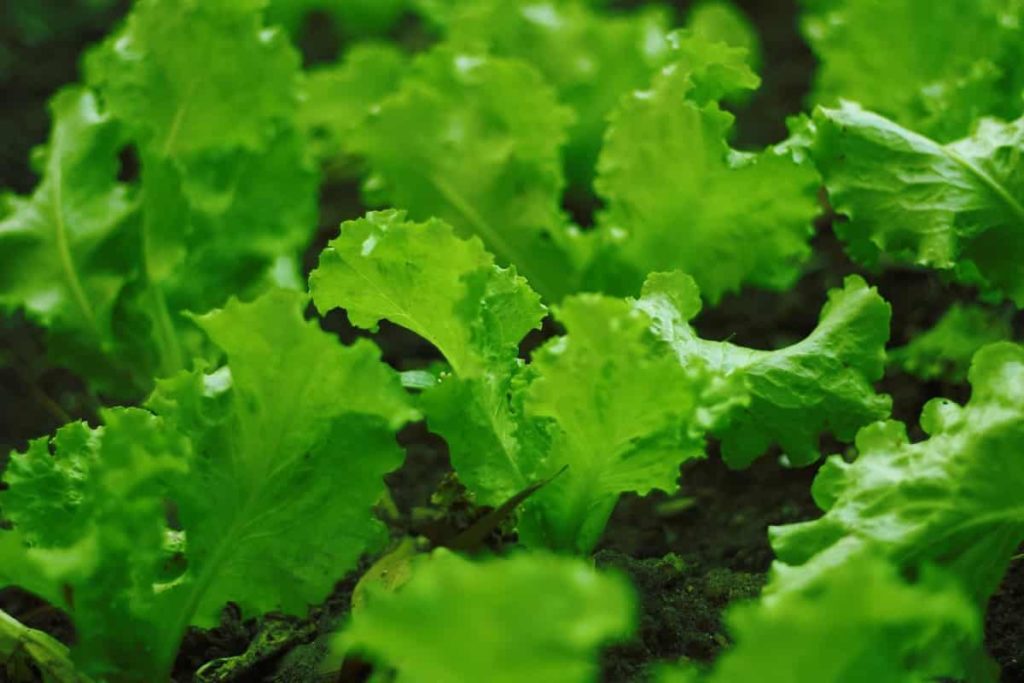
Best fruits for Denver’s backyards
apricots, sweet and tart cherries, peaches, apples, pears, nectarines, and plums are some fruits that can be grown quickly in the backyards of Denver.
In case you missed it: Las Vegas Backyard Gardening: How to Start with Vegetables, Fruits, Flowers, and Herbs at Home in Nevada
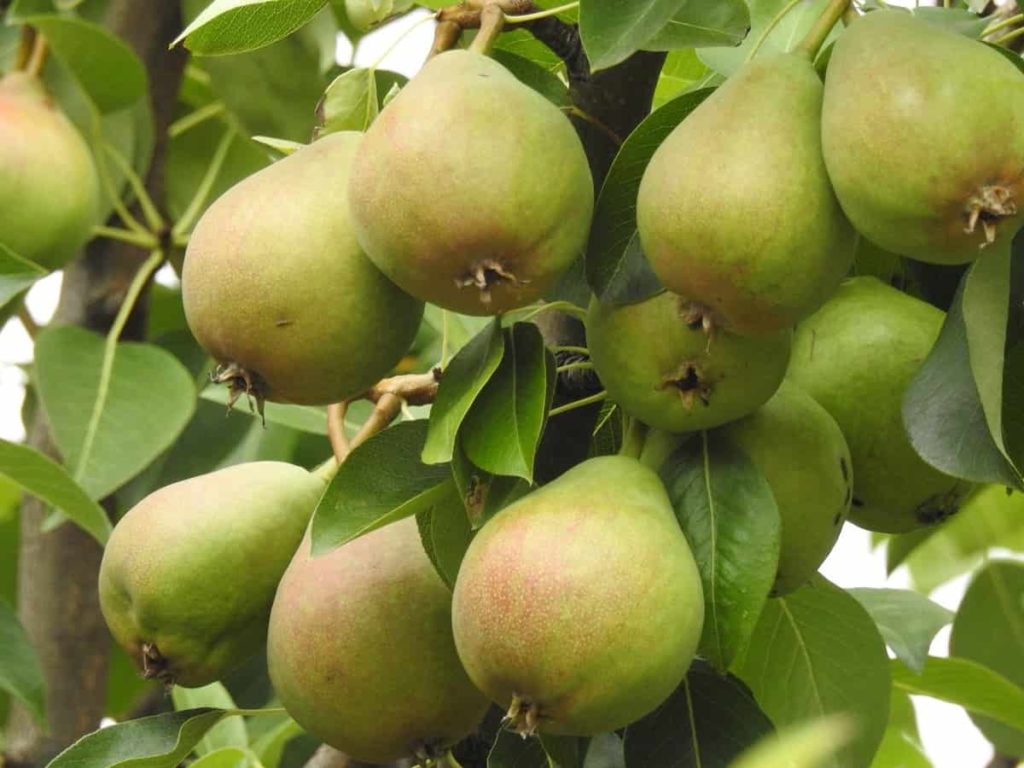
Best flowers for Denver’s backyards
Marigold, inpatients, geraniums, fuchsia, dusty miller, dianthus, begonia, alyssum, and other flowers can be grown in the backyards of Denver.
In case you missed it: Charlotte Backyard Gardening: How to Start with Vegetables, Fruits, Flowers, and Herbs at Home in North Carolina
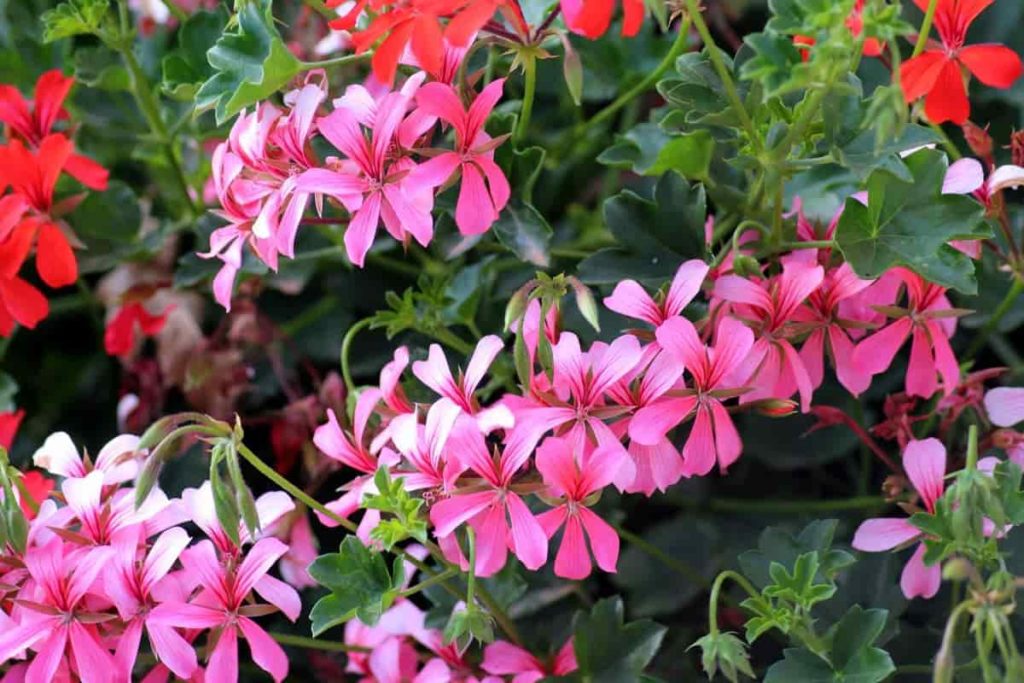
Best herbs for Denver’s backyards
Mint, thyme, rosemary, cilantro, tarragon, coriander, parsley, basil, chives, and other herbs can be grown in the backyards of Denver.
In case you missed it: Columbus Backyard Gardening: How To Start, A Step-By-Step Planting Guide to Beginners in Ohio
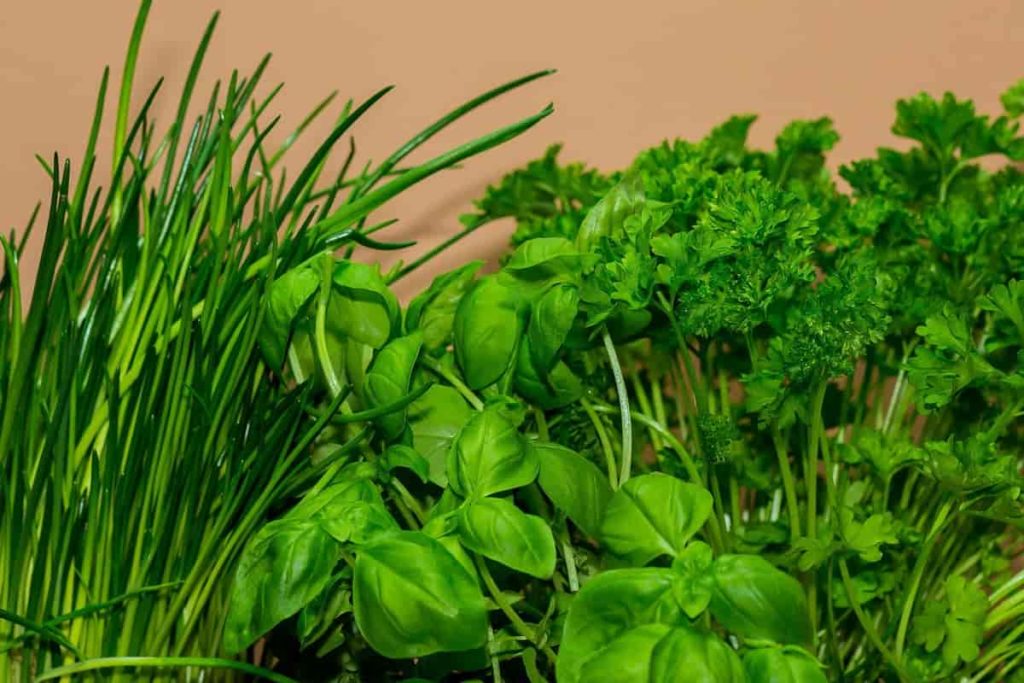
Conclusion
Because it takes some work to get a garden off the ground and run, beginning this hobby can initially seem rather challenging. Gardening has many benefits, and the resources are infinite since the environmental movement is growing. You can’t go wrong with a garden, whether you want to simultaneously improve your health or your bank account. Gardening can be soothing after a hard day. Your thoughts will gradually move to care for the garden, which will help you forget about the stresses of everyday life.
- Broccoli Seed Germination and Selection
- Asparagus Seed Germination and Variety Selection
- Seasonal Flower Gardening: Best Practices for Spring, Summer, Fall, and Winter
- How to Grow Hibiscus from Flower
- Plantation Ideas for Home Decoration: A Beginners Guide
- Flower Garden Designs and Layouts for Beginners
- Planting and Spacing Techniques in Papaya: A Beginner’s Guide
- Growing Gold: Essential Techniques for Planting Pineapples
- How to Make Kalanchoe Plant Bushy: Home Remedies and Solutions
- 11 Reasons Why Your Gardenia is Not Blooming: Home Remedies and Solutions
- Eco Elegance: The Guide to Designing a Drought-Tolerant Landscape
- Gardening on a Slope: Strategies for Hillside Landscaping
- Nourish and Flourish: Top Organic Mulches for Thriving House Plants
- Everything You Want to Know about Indian Mogra Flower: Discover Uses and Growing
- Green Thumb Success: Expert Tips for Cultivating Greenhouse Pumpkins All Year Round
- Maximize Growth & Flavor: The Ultimate Guide to Companion Planting in Herb Gardens
- How to Control Rhododendron Problems Naturally: Home Remedies and Organic Ways to Fix Them
- Natural Magic: The Remarkable Benefits of Cinnamon for Plants
- Best Steps to Revive Dying Tulip with Natural and Organic Treatment
- 10 Reasons Why Your Angel Trumpet is Not Blooming: Remedies and Treatment
- How to Fix Periwinkle Leaf and Flower-Related Problems: Natural Remedies and Solutions
- How to Fix Zinnias Leaf and Flower Problems: Discover Natural and Home Remedies
- Organic Steps to Induce Lemon Tree Flowers: A Comprehensive Guide
- Bloom Booster: Crafting the Perfect Homemade Bougainvillea Fertilizer
- Optimizing Growth: A Guide to Applying NPK Fertilizer for Potted Plants
- 10 Best Homemade Fertilizers for Rubber Plant: DIY Recipes and Application Method
- How to Boost Female Pumpkin Flowers: Effective Steps for More Flowers and High Yields
- Transform Your Indoor Garden: Top Benefits of Pink Salt for Houseplants
- 10 Best Homemade Fertilizers for Peacock Plants (Calathea): Easy DIY Guide
- Unlock Blooms: 9 Reasons Why Your Potted Chrysanthemum is Not Blooming
- 8 Reasons Why Your Potted Hibiscus is Not Blooming: Fix it with Simple Solutions
- Unlock Blooms: 9 Key Reasons Your Potted Frangipani Won’t Flower
- 10 Reasons Why Is My Ice Plant Not Blooming: Remedies and Treatment
- 10 Reasons Why My Potted Hydrangea Not Blooming: Treatment and Remedies
- 10 Reasons Why is My Wisteria Not Blooming: Remedies and Treatment
- 10 Reasons Why is My Goldfish Plant Not Blooming: Remedies and Treatment